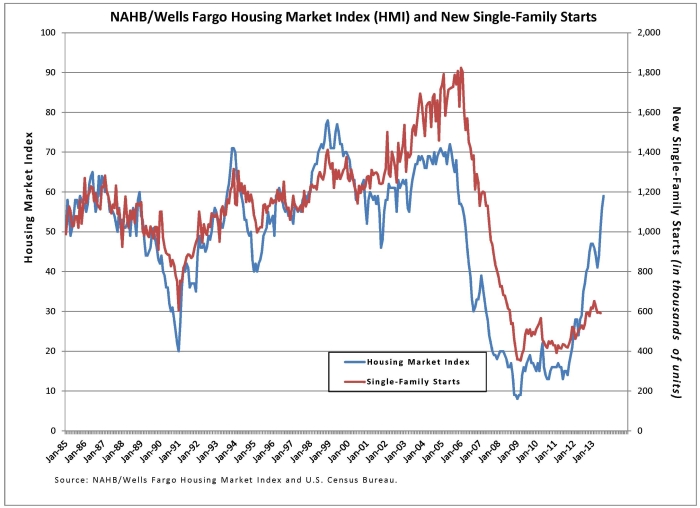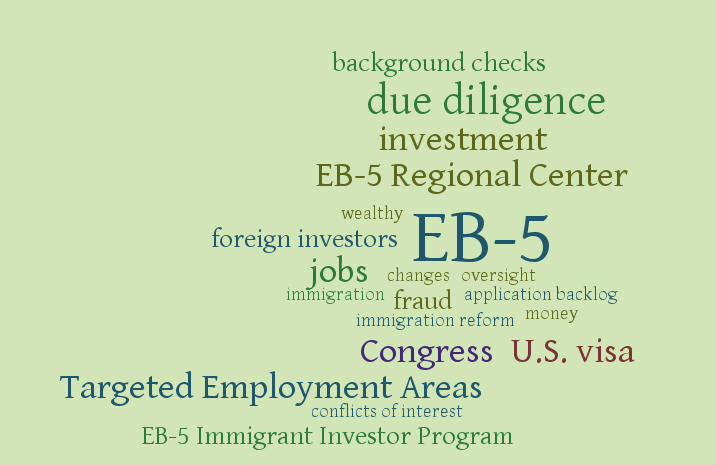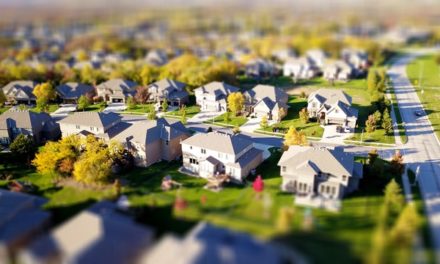On August 15, 2013, the National Association of Home Builders (NAHB) announced that the Housing Market Index (HMI) of U.S. home builder confidence rose again for the fourth consecutive month. Now at 59, the overall index is at its highest level in almost 8 years.[1] Many builders see customers feeling less uncertain about housing price trends, and the limited supply of new and existing homes in many markets is encouraging people to buy sooner rather than wait. Of course, the builders’ ability to respond to rising demand and limited supply is still constrained by tight credit and a shortage of developed lots and skilled labor.
Three out of four regional indexes are also on the rise, showing gains in the 3-month moving average HMI score in August. The Midwest and West both posted 6-point increases, to 60 and 57, respectively, while the South posted a 4-point gain to 54. The Northeast continues to lag in recovering, holding unchanged at 39.
The HMI, managed by NAHB in partnership with Wells Fargo, is a benchmark measure that gauges the industry’s outlook for home sales. The index ranges from 0 to 100, and scores over 50 indicate that more of the nation’s (or region’s) home builders have good expectations than poor expectations for sales activity in the upcoming months. While other measures of the housing market’s health look specifically at transactional data or economic activity, the HMI measures individual builders’ subjective outlook (through survey feedback) on the health of the housing market.
The HMI is driven by responses to questions regarding current sales, expected sales over the next 6 months, and buyers’ traffic in the sales model or office. The HMI is the average of these three components, weighted to optimally track single-family housing starts 6 months out in the future.
In the chart below, acquired from NAHB, the HMI can be seen alongside actual new-home construction starts. Although historically there has been a strong correlation between the builder confidence score and the actual construction of new homes, recently single-family housing starts have not been increasing as quickly as builder expectations have been rising. That’s not too surprising given the constraints mentioned above and the typically erratic nature of a housing recovery. Still, NAHB economists state that “single-family starts have increased 67% from the trough and are expected to double from their low point by mid-2014.”[2]

– Jonathan Kilpatrick





Recent Comments